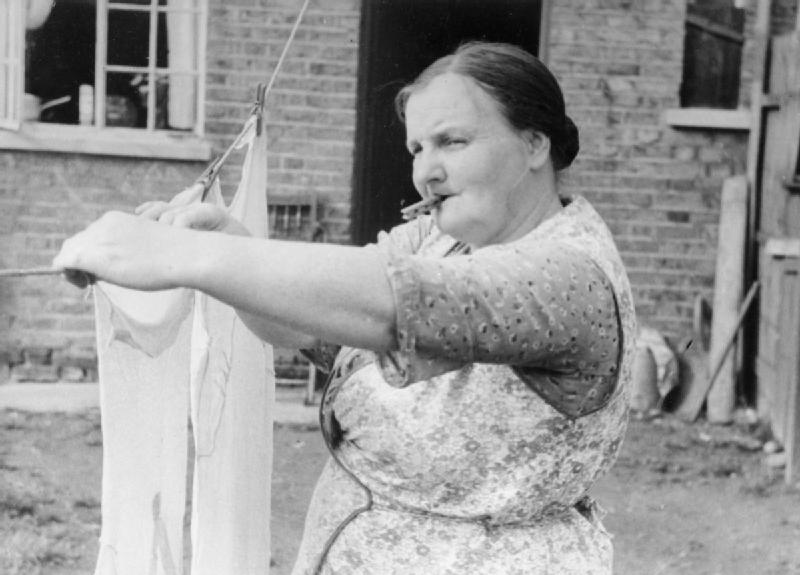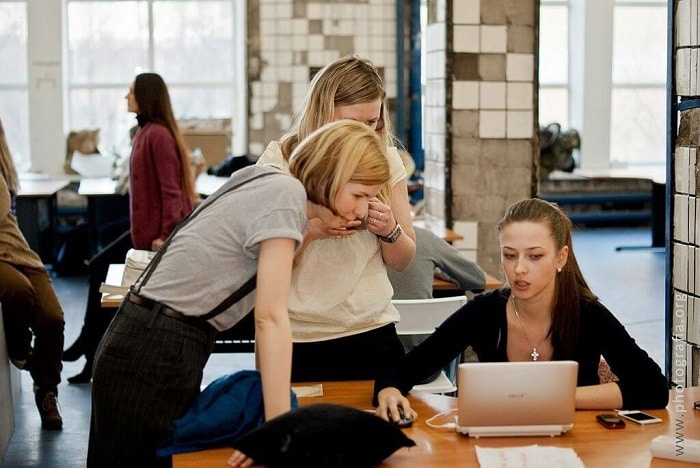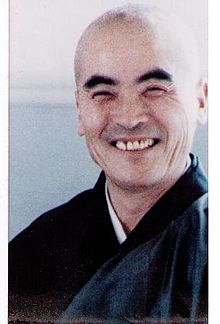
Meditation in action transforms work stress. We only need to take three deep breaths and notice the subtle difference in how we feel. It doesn’t take much. As we calm down little by little, we can think and feel more clearly about what is important emotionally and rationally. The art of work and the art of meditation are based on the same attitude: “seeing things as they are” and we could say, “feeling things as they are” one moment at a time.
Work is a major part of our life experience. For that reason alone we need to find our relationship with the stress that arises. We can practice and learn how to transform stress as the primary work.
Making money for food, shelter and fun is also essential. Therefore we need a particular attitude and a particular focus to develop the art of work at our job and at home.
How to deal with stress at work and home 
We need some basic understanding and practice of meditation in action to bring in stress as part of the path, part of life. Meditation provides attitudes and practices that transform stress into peace. They use to call it suffering, now it is called stress. We particularly experience stress as tension in the mind, tension in the body, and loss of spirit/soul.
Meditation in Action is everything we do
Meditation in action is a term that was developed by meditation teacher Chogyam Thrungpa. We can apply the same principles used in seated meditation to everything we do from pushing keys on a laptop, talking with a customer or finishing something up by a certain time. We can still be aware of some background of calm with the ebb and flow of stressful situations.
Time pressure stress
For example, “I feel stressed at work about getting something done on time.”
Time pressure is one of the most common work related stresses. Therefore we can use this feeling to work with as part of meditation in action. It is a doorway into the art of calmness in activity. The more present I am from one moment to the next makes all the difference in the world because if I am too spaced out, too bored, too manic or too rushed, I can create more problems or more things for me to clean up. That takes me farther from my goal of getting a task done with a degree of quality. And it is exhausting. Relaxing a little reduces mistakes.
We can move quickly without feeling rushed. Feeling rushed is the unnecessary stress from loosing touch with the feeling of the body and breath.
For example, We can be aware of our breath while working on a computer. We can still drive a car in heavy traffic and feel the movement of the breath in our belly. The breath can be background while the task, such as working with a computer or driving a car, is foreground. We need concentration in our work, we need total concentration. And I am suggesting that bringing in the feeling of the feet on the floor and the movement of the breath makes for a high quality concentration on work. To relax is to be aware of the breath and to be aware of the breath is to relax.
Being aware of subtle changes from one moment to the next allows me to better navigate any given situation. Remaining a little relaxed with these changes and aware of the qualitative differences reduces the chance for error or emotional reactivity. This holds true in working with tools, such as computers and communicating with friends, clients and the family at home.
This is how we are able to not take so much work tension home or take so much home tension to work. Stress is stress.
“Our mind should be soft and open enough to understand things as they are. When our thinking is soft, it is called imperturbable thinking. This kind of thinking is always stable. It is called mindfulness.” Suzuki, Shunryu, Zen Mind, Beginner’s Mind (p. 105)
Group support and stress 
An example of “soft and open”: The most stressful tasks are accomplished when there is friendship, equality and presence among co-workers. Especially, if the leadership models this state of mind. That way we are not alone to face the stresses of our modern life and we have some degree of group wisdom to transform the stress into something good.
In a previous post: How to Clear Your Mind; Finding Your Way:
“The mind calms down by itself as we feel the body. As we feel the whole body we feel the breath moving in and out. By keeping the mind focused on the naturally occurring sensations in the body which includes the incoming and outgoing breath, the mind calms.”
Clearing the mind is a repeated shift of attention from thinking in the head to feeling in the body. Mind and body can get out of balance. We need both head and body but our daily life will surely put us “in the head”. So, we need to come back and stay with the feeling of body and breath more and more. Then the mind clears for some good thinking when the time is right.”
We know that meditation reduces stress. We simply spend some time feeling the movement of the breath and a subtle level of stress is gone.
For example: I can practice this “soft and open” while working on a computer or cleaning-up at home when I feel the pressure or anxiety of getting something done quickly. I actually feel the pressure inside, breathe in the feeling to accept it, let it go with the exhalation. Then tell yourself, I can only do what I can do. Trusting this fact is an example of loving oneself.
Why doesn’t the stress just roll off my shoulders? 
There are usually the old voices inside that do not want us to relax and soften. These are old attitudes that may need some study to make them less influential. They are part of cultural conditioning and adaptation attitudes from childhood that are no longer useful. They add to the stress at work because they can be triggered by situations or people. These old feelings are stress that was unconscious until it was activated by someone or a particular situation. That is stress on top of stress.
Examples: “Certain men/women may trigger fear of authority, my lack of intelligence, insecurity about beauty, and so forth; rather than, people who trigger cooperation, confidence and comaraderie.”
Feeling stress without reacting is an art
There are three actions that can happen when we feel stress and tension inside.
One: Repress the tension by pushing it down or holding the body tight.
Two: Believing in the irrationality by going “down the rabbit hole” into panic, depression, rage or obsessive thinking.
Three: Softening with these feelings and staying here; not repressing and not indulging in the stress as the practice. The primary work.
This is the point where we can lash out at people unnecessarily or repress it to a degree that can create emotional and physical illness. Feeling this tension, breathing through it and not reacting out of this stress is very difficult sometimes but the more we can practice this meditation in action the more insight and relief from unnecessary stress can be experienced.
Sometimes the art is saying, “No.” Saying no, to self/other blame, no to moving through life frenetically, and no to ignoring deeper parts of myself. Staying soft inside with feelings, breathing through them and relaxing the body where it is tight is all one can do. Out of this state can come inspiration, insight, and fresh creative energy to get shit done.
“We do not seek for something besides ourselves. We should find the truth in this world, through our difficulties, through our suffering.”Suzuki, Shunryu (2010-11-09). Zen Mind, Beginner’s Mind (p. 92). Shambhala. Kindle Edition.
“The final goal is that we have to participate in intimacy itself. We have to live there. This means we have to live in the samsaric world.” Katagiri Roshi, Returning to Silence, Zen Practice in Daily Life, p.59. 
Samsara is the part of our culture without intimacy that we contact daily. I am talking about a fundamental intimacy between body, mind and soul/spirit which affects all other physical, emotional and sacred intimacies. This lack of intimacy between our mind, body and soul can be worked with. They can work together intimately or be terrified of each other.
“Strictly speaking, for a human being, there is no other practice than this practice; there is no other way of life than this way of life.” Suzuki, Shunryu; Zen Mind, Beginner’s Mind (p. 6).
Internal Links:
Work Stress and Feeling Overworked
Outside Links:
